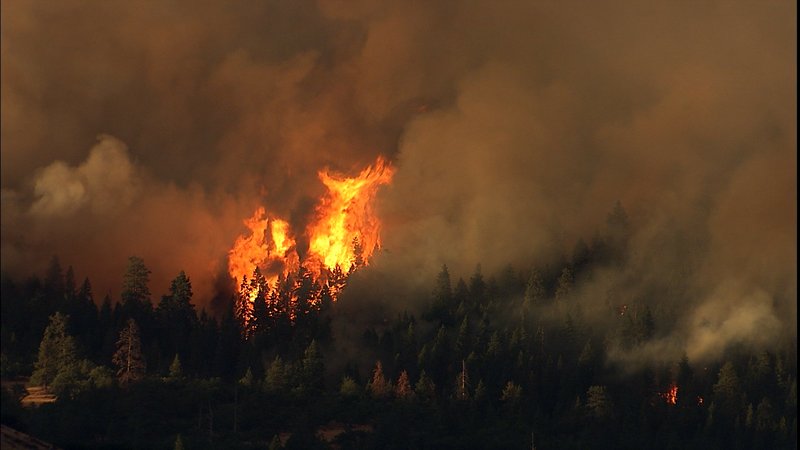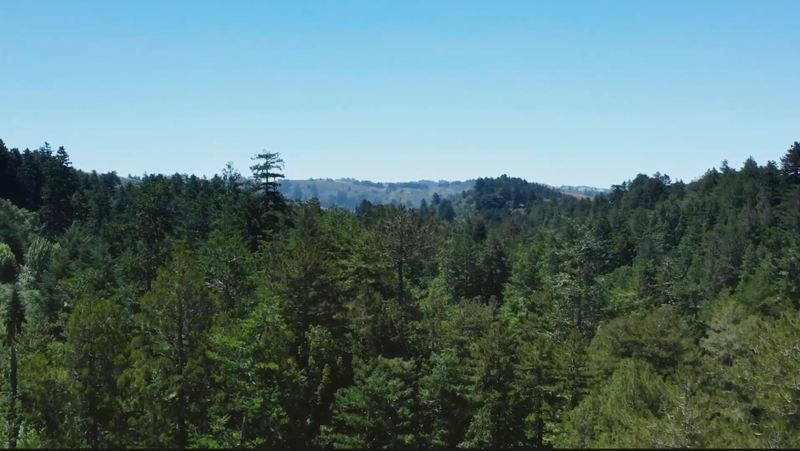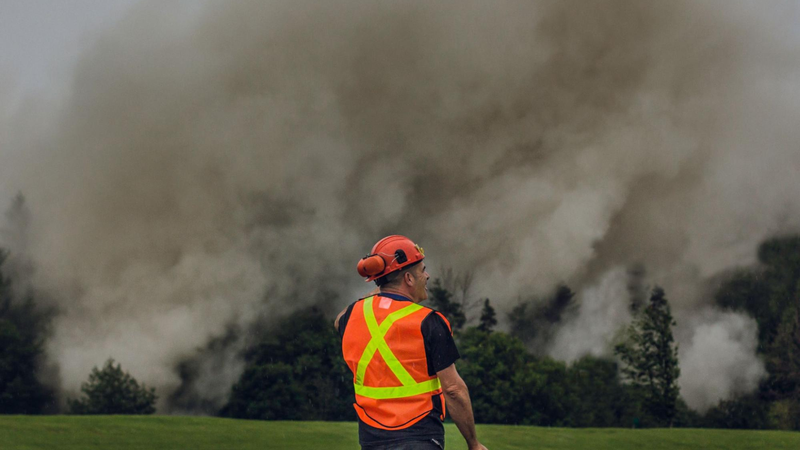Wildfires
Using AI to provide accurate wildfires information to affected communities and fire authorities
Wildfires around the world are becoming more frequent and more dangerous, especially with the rise of global temperatures. Their effects are felt by many communities as people evacuate their homes or suffer harm even from proximity to the fire and smoke.
Google Research is applying AI and machine learning (ML) to better understand the Earth's physical processes and enhance our ability to react to natural disasters like wildfires. To this end, Research teams are advancing a number of projects and efforts with diverse approaches in collaboration with wildfire experts. Some of these efforts include using satellite imagery and ML to detect and track wildfires, making information available via Search and Maps, informing affected communities and helping fire authorities take action, and developing a simulator to generate data in a range of wildfire scenarios. Learn more about our wildfire boundary tracking, Wildfire Simulation, FireBench, and FireSat work.
This is all part of Google's broader effort to use AI to address the growing threat of climate change, improve lives globally and help people access trusted information in critical moments.



